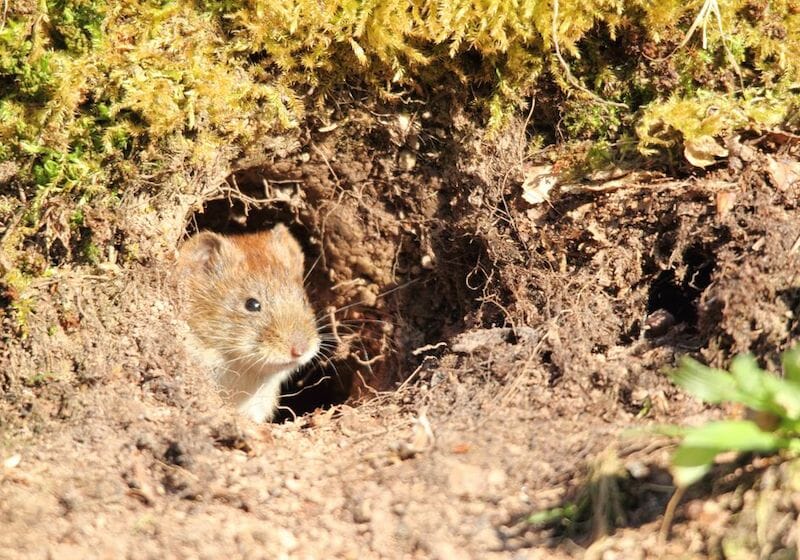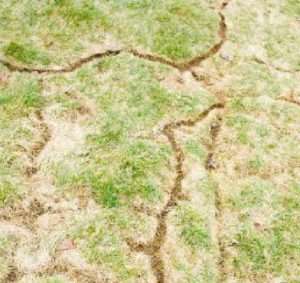Managing Vole Damage: Effective Control Strategies
Managing Vole Damage: Effective Control Strategies
Blog Article
Comprehensive Guide to Efficient Vole Pest Control: Infestation Recognition and Therapy Methods
In the world of reliable pest control, vole problems posture a special difficulty that requires a critical technique. By checking out the nuances of vole actions, comprehending key signs of invasion, and reviewing a range of control options, one can develop a comprehensive approach to battle these evasive insects.
Understanding Vole Behavior
Vole actions is identified by their burrowing routines and fast reproduction prices, making them a difficult pest to regulate successfully. These tiny rats generally produce intricate tunnel systems underground, utilizing them for shelter, food storage, and transportation. Voles are herbivores, taking in a selection of plants, light bulbs, yards, and origins, which can create considerable damages to gardens, orchards, and lawns. Their rapid reproductive rate further complicates control efforts, with females efficient in producing several clutters in a single year, each consisting of numerous children.
Understanding vole behavior is crucial for efficient bug control techniques. By determining their burrow locations, keeping track of feeding locations, and carrying out targeted control approaches, such as trapping or habitat alteration, vole invasions can be managed effectively.
Indications of Vole Problem

Avoidance Methods
Implementing reliable avoidance methods is vital in minimizing vole invasions and protecting plant life from their harmful feeding routines (vole control). To stop vole invasions, it is necessary to start by removing prospective food resources and shelter. Maintain lawn and vegetation cut short, remove weeds and debris, and preserve a neat garden or grass to make the location much less eye-catching to voles. Mounting obstacles such as hardware cloth or underground secure fencing can additionally assist prevent voles from getting in details areas. Furthermore, lowering excess dampness by dealing with leaking pipes and making certain appropriate drain can make the atmosphere much less welcoming for voles.
Routinely evaluating the residential or commercial property for indications of vole activity, such as paths and delve openings, is essential for very early detection and timely activity. Consider using repellents or traps strategically put near their pathways if vole task is thought. Using all-natural predators like snakes or owls can also help maintain vole populations in check. By carrying out a combination of these avoidance property owners, gardeners and approaches can successfully safeguard their plants from vole damage.
Non-Lethal Control Approaches
To effectively take care of vole populaces while focusing on gentle methods, non-lethal control methods offer sensible remedies for lowering vole damage in landscapes and gardens. These barriers can be buried at the very least 12 inches curved and deep at a 90-degree angle to protect against voles from tunneling beneath.

Lethal Control Options
One effective method for dealing with vole infestations in gardens and landscapes involves the calculated usage of deadly control alternatives. When encountered with a severe vole infestation that non-lethal techniques have actually failed to contain, carrying out lethal control measures comes to be essential. Generally, when using lethal control options, it is crucial to do so sensibly and in conformity with local regulations to effectively take care of vole problems.
Conclusion
To conclude, effective vole bug control requires a detailed understanding of vole actions, recognition of vole control utah signs of infestation, implementation of avoidance approaches, and application of both non-lethal and deadly control approaches. By incorporating these approaches, individuals can successfully handle vole populations and safeguard their property from damages. It is very important to attend to vole infestations promptly to protect against additional issues and reduce the influence on the surrounding setting.
Offered the intricate passage systems and rapid reproduction prices particular of voles, identifying the signs of vole problem ends up being vital in efficient parasite control. One of the primary indicators of vole existence is the presence of surface area runways or trails in turf or snow, generally regarding 1-2 inches broad, developed as voles take a trip between their burrows and food resources.To properly take care of vole populations while focusing on gentle approaches, non-lethal control methods offer functional solutions for reducing vole damages in gardens and landscapes.One efficient method for dealing with vole problems in landscapes and yards involves the tactical usage of deadly control alternatives. vole pest control.In final thought, reliable vole parasite control calls for a comprehensive understanding of vole behavior, identification of signs of invasion, execution of prevention techniques, and application of both non-lethal and lethal control techniques
Report this page